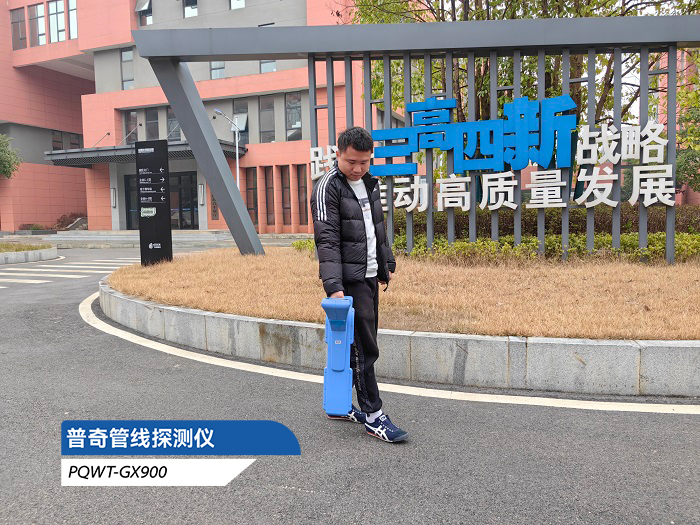Under the earth of the city, there is a huge underground world hidden, that is our city underground pipeline network. These pipeline networks, like the bloodline of the city, nourish the life of the city and at the same time carry the operation of the city. However, due to their hidden nature, we often neglect to pay attention to and maintain them. Today, let's discuss how to choose and use underground pipeline detectors to better manage and maintain our underground pipeline network.

I. Product Type Selection
Underground pipeline detectors are mainly divided into two categories: pipeline detectors and radar. Pipeline detector mainly utilizes the principle of electromagnetic induction, applicable to metal pipelines and non-metallic pipelines with metal marking detection, has the advantages of simple operation, fast detection speed, high accuracy, but need to intrude into the pipeline. Radar uses electromagnetic waves to detect underground pipelines of all materials without intruding into the interior of the pipeline, but the operation is more complex, with higher requirements for the environment and high requirements for the quality and experience of the operator.
When choosing the type of product, you need to judge according to the actual needs and site environment. If you need to quickly detect metal pipelines and non-metallic pipelines, and do not mind intruding into the interior of the pipeline, the pipeline detector is a good choice; if you need to detect all the materials of the underground pipeline, and the quality of the operator and the experience required is not high, then the radar is a better choice.
Second, the product composition selection
Underground pipeline detector is generally composed of transmitter and receiver. Transmitter is mainly responsible for the pipeline to be measured by applying a special frequency of the signal current, generally using direct connection method, induction method and clamp method of three excitation mode. The receiver, on the other hand, has a built-in induction coil that receives the magnetic field signal from the pipe, and the coil generates an induced current to calculate the pipe's direction and path.
When choosing the composition of the product, you need to consider the actual needs and usage scenarios. If the pipeline to be detected is longer, and the site environment is more complex, you need to choose products with high reception sensitivity and strong anti-jamming ability; if the pipeline to be detected is shorter, and the site environment is simpler, you can choose products with built-in antennae in the receiver and stronger portability.
Third, the type of interference and processing methods
In the underground pipeline detection process, common types of interference including power supply interference, grounding system interference, electromagnetic radiation interference, test equipment components of the discharge interference and various types of contact interference. In order to reduce the level of interference and improve detection sensitivity, the following measures can be taken:
1. Use shielded power isolation transformer and low-pass filter to suppress power supply interference;
2. Adopt one-point grounding method to suppress grounding interference;
3. placing the specimen in a well-shielded test chamber or using the balanced method, symmetrical method and simulated antenna method of test loop suppression of electromagnetic radiation interference;
4. In the test circuit to increase anti-interference capacitance or inductance to suppress various types of contact interference.
In short, in the choice of underground pipeline detector, you need to consider the product type, composition, and the actual use of the type of interference and processing methods. Only by choosing the right product and taking effective anti-interference measures, can we improve the accuracy and efficiency of detection, and provide strong support for the maintenance and management of underground pipelines.








